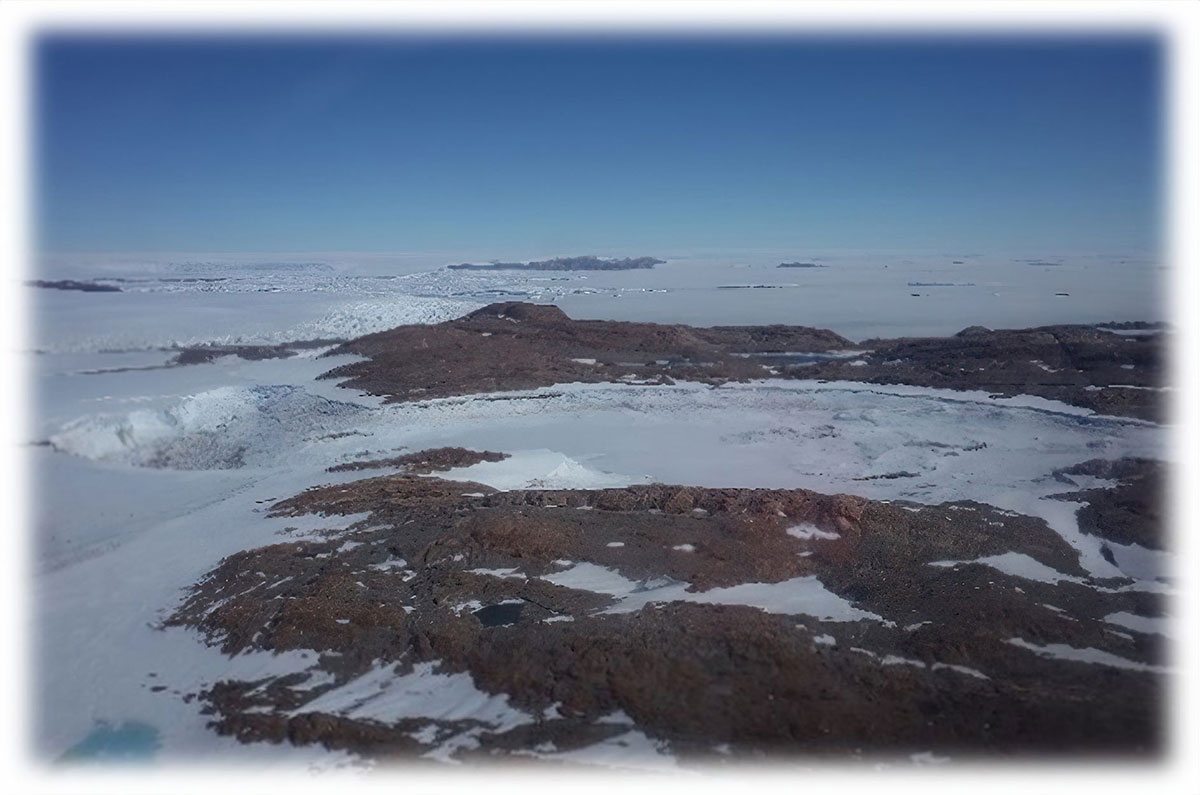2023-11-23 ワシントン大学セントルイス校
◆新しい微細分析手法を用いた研究により、パイライトは主に局所のプロセスに反応し、全海洋を代表するものとして捉えるべきではないことが示されました。硫黄同位体の値から微生物活動と気候の影響を分離し、その結果が気候変動や過去の生態系変化のタイムラインを正確に再構築する上で重要な手がかりとなります。
<関連情報>
- https://source.wustl.edu/2023/11/separating-out-signals-recorded-at-the-seafloor/
- https://www.science.org/doi/10.1126/science.adg6103
- https://www.science.org/doi/10.1126/science.adh1215
- https://www.science.org/doi/10.1126/sciadv.abb7403
海洋堆積物の黄鉄鉱硫黄同位体比に対する微生物および環境制御の解明 Deconvolving microbial and environmental controls on marine sedimentary pyrite sulfur isotope ratios
R. N. Bryant,J. L. Houghton,C. Jones,V. Pasquier,I. Halevy,and D. A. Fike
Science Published:23 Nov 2023
DOI:https://doi.org/10.1126/science.adg6103
Editor’s summary
The sulfur isotope composition of pyrite found in marine sediments and sedimentary rocks is often used to try to reconstruct the coupled cycles of carbon, oxygen, and sulfur. However, the resulting interpretations can be complicated by the competing effects of physical and biological processes. Halevy et al. show that inorganic reactions and transport in depositional environments, rather than microbial influence, leads to the wide range of sulfur isotopic values observed. The observed increase in sulfate–pyrite isotope fractionation over most of Earth’s history primarily reflects the effects of increasing marine sulfate concentration, except over the past 550 million years, when supercontinent breakup and assembly and variations in sea level were more important. Bryant et al. present a microanalytical method applied to individual pyrite grains that deconvolves the multiple signals influencing sulfur isotopes. They were able to determine both the microbial isotopic effects and inorganic fractionation produced by depositional conditions. Their approach will help in reassessing conflicting interpretations of the sulfur isotopic record. —H. Jesse Smith
Abstract
Reconstructions of past environmental conditions and biological activity are often based on bulk stable isotope proxies, which are inherently open to multiple interpretations. This is particularly true of the sulfur isotopic composition of sedimentary pyrite (δ34Spyr), which is used to reconstruct ocean-atmosphere oxidation state and track the evolution of several microbial metabolic pathways. We present a microanalytical approach to deconvolving the multiple signals that influence δ34Spyr, yielding both the unambiguous determination of microbial isotopic fractionation (εmic) and new information about depositional conditions. We applied this approach to recent glacial-interglacial sediments, which feature over 70‰ variations in bulk δ34Spyr across these environmental transitions. Despite profound environmental change, εmic remained essentially invariant throughout this interval and the observed range in δ34Spyr was instead driven by climate-induced variations in sedimentation.
海洋黄鉄鉱の硫黄同位体組成を制御する堆積パラメータ Sedimentary parameters control the sulfur isotope composition of marine pyrite
I. Halevy,D. A. Fike,V. Pasquier,R. N. Bryant,C. B. Wenk,A. V. Turchyn,D. T. Johnston,and G. E. Claypool
Science Published:23 Nov 2023
DOI:https://doi.org/10.1126/science.adh1215
Editor’s summary
The sulfur isotope composition of pyrite found in marine sediments and sedimentary rocks is often used to try to reconstruct the coupled cycles of carbon, oxygen, and sulfur. However, the resulting interpretations can be complicated by the competing effects of physical and biological processes. Halevy et al. show that inorganic reactions and transport in depositional environments, rather than microbial influence, leads to the wide range of sulfur isotopic values observed. The observed increase in sulfate–pyrite isotope fractionation over most of Earth’s history primarily reflects the effects of increasing marine sulfate concentration, except over the past 550 million years, when supercontinent breakup and assembly and variations in sea level were more important. Bryant et al. present a microanalytical method applied to individual pyrite grains that deconvolves the multiple signals influencing sulfur isotopes. They were able to determine both the microbial isotopic effects and inorganic fractionation produced by depositional conditions. Their approach will help in reassessing conflicting interpretations of the sulfur isotopic record. —H. Jesse Smith
Abstract
Reconstructions of coupled carbon, oxygen, and sulfur cycles rely heavily on sedimentary pyrite sulfur isotope compositions (δ34Spyr). With a model of sediment diagenesis, paired with global datasets of sedimentary parameters, we show that the wide range of δ34Spyr (~100 per mil) in modern marine sediments arises from geographic patterns in the relative rates of diffusion, burial, and microbial reduction of sulfate. By contrast, the microbial sulfur isotope fractionation remains large and relatively uniform. Over Earth history, the effect of increasing seawater sulfate and oxygen concentrations on sulfate and sulfide transport and reaction may explain the corresponding increase observed in the δ34S offset between sulfate and pyrite. More subtle variations may be related to changes in depositional environments associated with sea level fluctuations and supercontinent cycles.
海洋黄鉄鉱の硫黄同位体比は、地球規模ではなく局所的に強く支配されている。 Strong local, not global, controls on marine pyrite sulfur isotopes
V. Pasquier,R. N. Bryant,D. A. Fike,and I. Halevy
Science Advances Published:26 Feb 2021
DOI:https://doi.org/10.1126/sciadv.abb7403

Abstract
Understanding variation in the sulfur isotopic composition of sedimentary pyrite (δ34Spyr) is motivated by the key role of sulfur biogeochemistry in regulating Earth’s surface oxidation state. Until recently, the impact of local depositional conditions on δ34Spyr has remained underappreciated, and stratigraphic variations in δ34Spyr were interpreted mostly to reflect global changes in biogeochemical cycling. We present two coeval δ34Spyr records from shelf and basin settings in a single sedimentary system. Despite their proximity and contemporaneous deposition, these two records preserve radically different geochemical signals. Swings of ~65‰ in shelf δ34Spyr track short-term variations in local sedimentation and are completely absent from the abyssal record. In contrast, a long-term ~30‰ decrease in abyssal δ34Spyr reflects regional changes in ocean circulation and/or sustained pyrite formation. These results highlight strong local controls on δ34Spyr, calling for reevaluation of the current practice of using δ34Spyr stratigraphic variations to infer global changes in Earth’s surface environment.



